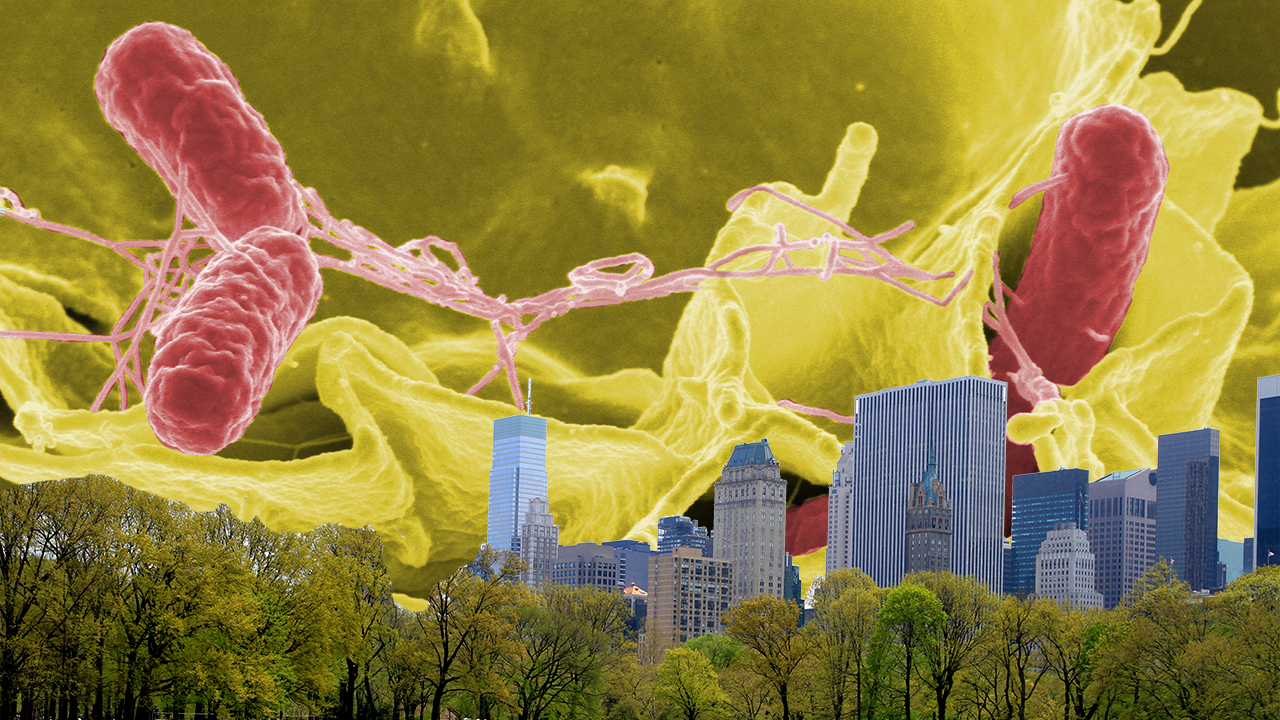A study of Central Park’s soil has found 167,000 different microbial life forms. Such a wide variety of distinct soil communities is usually found among many, different geographical areas around the world, but they’re all here, in a 843-acre park.
Central Park soils harbored nearly as many distinct soil microbial phylotypes and types of soil communities as we found in biomes across the globe — including arctic, tropical and desert soils. This integrated cross-domain investigation highlights that the amount and patterning of novel and uncharacterized diversity at a single urban location matches that observed across natural ecosystems spanning multiple biomes and continents.
The only area in world that doesn’t have any microbes in common with Central Park was Antarctica.
Speaking with Scientific American, Noah Fierer, an ecology and evolutionary biology professor, says, “If you want to find unique diversity and if you want to find a wide range of different below-ground organisms, you don’t have to travel around the world. You can walk across Central Park.” New York’s a bigger melting pot than we previously believed. (Photo: Wikimedia)


